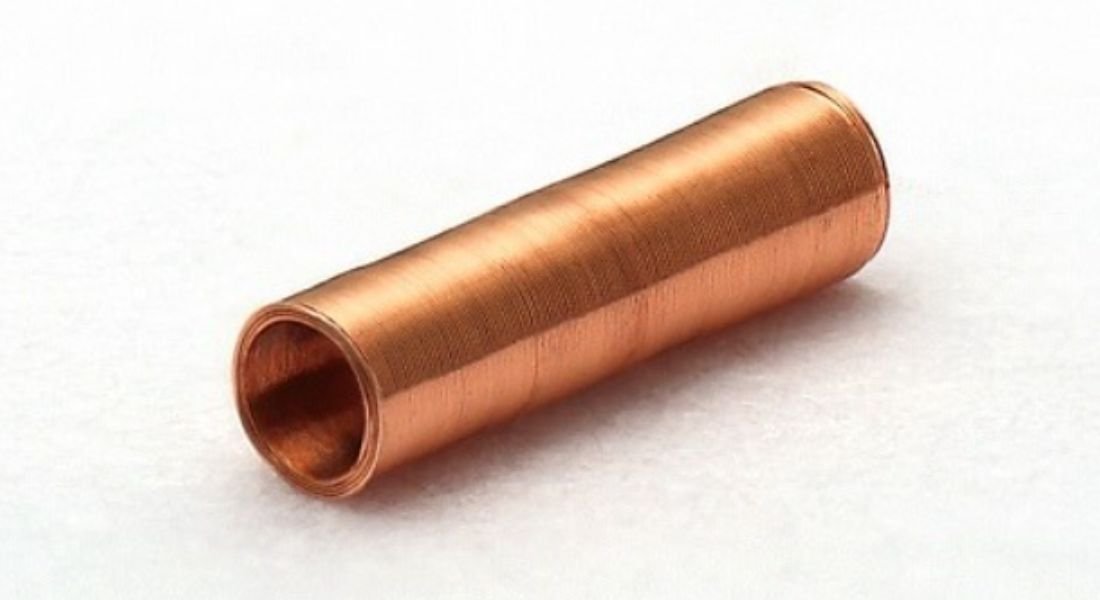Whenever you look inside a motor, transformer or speaker, you’ll often notice a compact and tightly coiled wire. Though that coil appears straightforward, it is made through a very specific and sophisticated process called coil winding and it shows up in many technologies that most people don’t usually notice.
What keeps our phones and medical devices going are the small but important magnets called coils. Just how are these works designed? How is it that the wires are wound on a coil? And what is the importance of data within all these industries?
In this overview, we’ll look at coil winding in everyday terms and see what it is used for.
What Is Coil Winding, Really?
Essentially, the coil winding process means attaching a wire to a base by wrapping it in a coil shape. The shape can be cylindrical, like a toroid (resembling a doughnut) or it could be a custom design if that’s what is needed.
The goal? Goal is to form an electromagnetic field by running an electric current through it. For that reason, it is important for everything from motors and transformers to sensors and transmitters.
The Coil Winding Process Step-by-Step
Now, let’s go through the steps involved in winding a coil, starting from preparation all the way to the end.
1. Design Specification
It all starts with defining the goal:
- What current or voltage will it handle?
- What frequency range is expected?
- What’s the desired inductance or resistance?
- What size constraints exist?
Engineers determine the wire size, the coil’s turns, how big the coil should be and the core to order these specs.
2. Material Preparation
Once the specs are ready, materials are selected:
- Wire type (copper, aluminum, enameled)
- Core type (ferrite, laminated steel, plastic, air)
- Insulation coating (polyimide, polyurethane, polyester)
The wire is inspected, cleaned, and fed into the winding machine.
3. Coil Winding Execution
The process really centers on this point. Depending on the technique chosen (layer or helical), the wire is securely fixed to the core.
- Tension: Too tight and the wire breaks; too loose and the coil won’t perform.
- Speed: Higher speeds need precision to avoid defects.
- Pitch: Defines how close or far apart the turns are.
Modern winding machines feature computers, servo motors and sensors to guarantee high accuracy.
4. Taping or Insulation
To keep moisture, shaking or wear from damaging the coil, it is sometimes insulated with tape or coated with varnish. In a few designs, the metal structure is sometimes covered in resin or epoxy.
5. Termination
Once connected, the coil’s ends will go to leads, terminals or pins which will then attach the coil to the rest of the device. You may have to work on:
- Soldering
- Crimping
- Welding (especially for micro coils)
6. Testing and Quality Control
Each coil is tested for:
- Inductance
- Resistance
- Continuity
- Insulation breakdown
- Geometric accuracy
No two coils can afford to behave differently, especially in mission-critical fields like aerospace or healthcare.
Applications of Coil Winding in Real Life
This is where things get interesting. Coil winding process is used in nearly every industry, often in places people never notice.
1. Medical Devices
Micro coils are needed to drive little motors, sensors and catheters used in many medical tools. Accuracy and safety for the body are very important in this process.
2. Automotive
Whether igniting a vehicle or injecting fuel, electric motors or even in electric vehicles, coils are always useful.
3. Consumer Electronics
All speakers, wireless chargers, microphones and inductive sensors need custom coils to function.
4. Aerospace & Defense
Military radar systems, avionics and communication devices typically depend on tough, trustworthy coils made to military requirements.
5. Industrial Automation
Reliable functioning of transformers, solenoids and motorized actuators in factories depends on their coils.
6. Telecommunications
Coils with high frequencies support filtering, sending and controlling signals within a router, antenna or modem.
Final Thoughts
Keeping up the performance of a pacemaker, driving your wireless charger or powering an electric car depends largely on the coil winding process. Watching it, you see a mix of physics, material knowledge, precise mechanics and occasionally some creativity.
Understanding coil winding shows us how essential it is for many of the devices we depend on. Each dependable motor, sensor or transformer depends on a coil that works and lasts.
If you ever sense a motor of any kind vibrating or your phone humming, think about the incredible centimeter-long coil that’s quietly responsible.









